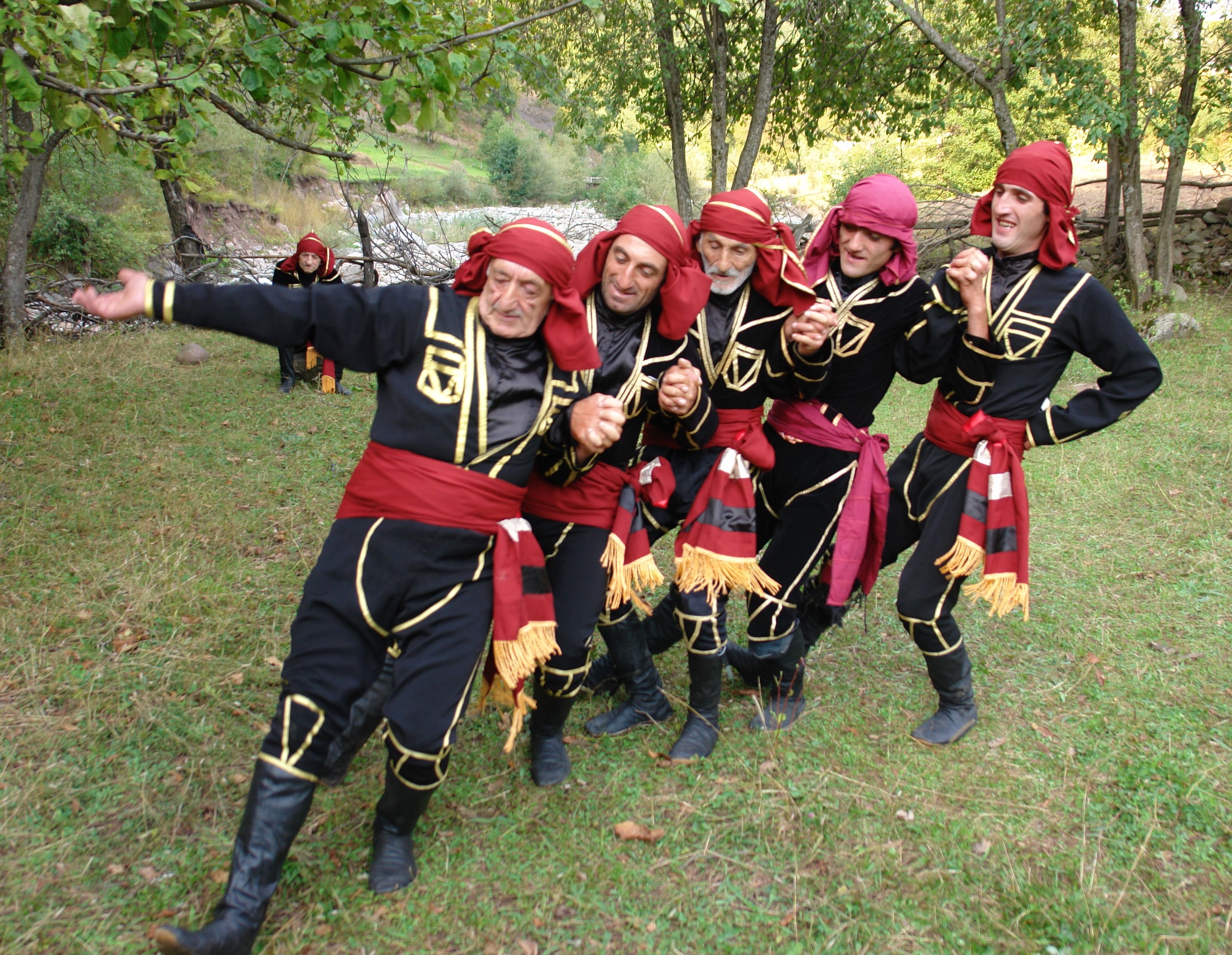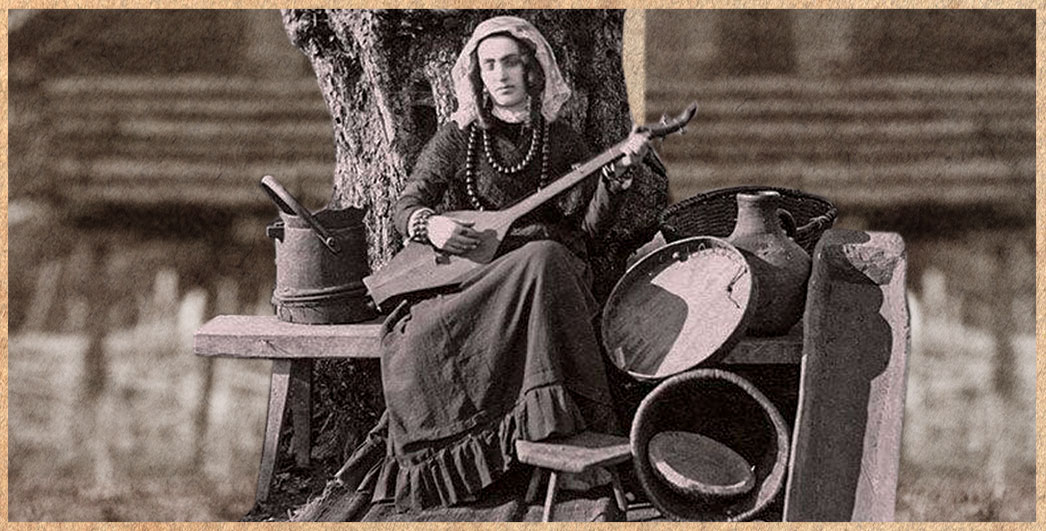Dear Readers,
In this issue of Folklife Georgia, we embark on a compelling journey through time, exploring the intricate intersections of colonialism, imperialism, cultural preservation, and transformation across various cultural, social, and historical landscapes.
The articles in this edition delve into the delicate balance between continuity and change, reflecting how colonisation and imperialism have shaped, reshaped, and sometimes commodified cultural identities, traditions, and practices.
The impact of colonialism and imperialism resonates strongly in the world of music, as illustrated by Allan MacDonald's exploration of Scottish bagpiping. His article traces the evolution of this iconic instrument from a Gaelic symbol of power and pride to an emblem of British imperialism. However, it is important to recognise that, unlike Russia's ongoing imperialist ambitions, Britain eventually abandoned its colonial aspirations, allowing for a transformation of cultural symbols like the bagpipe. The cultural shifts that it underwent, including its reinterpretation as a national and martial symbol, highlight the broader theme of how cultural symbols can be redefined and manipulated under colonial influence, yet also how they can evolve within societies that have embraced humanistic and democratic values.
Further reflecting on this theme, we turn our attention to the Soviet experience in Georgia—a time when political ideologies sought to control and reshape cultural expressions. Boris Komakhidze revisits May Day celebrations in the context of Soviet propaganda, examining how these events were utilised to promote state agendas.
Ana Lolashvili's article on the Georgian Folk Instrument Orchestra and its formation during Soviet collectivisation demonstrates a clear example of tradition being transformed to fit the political and social goals of the time.
Equally compelling is Eter Intskirveli's examination of Soviet Christmas traditions, where the once-repressed symbols of Christmas were repurposed and transformed as tools of manipulation. Her study demonstrates the extent to which even folk traditions can be shaped for ideological ends. Eter explores how Soviet authorities initially banned Christmas traditions, including the Christmas tree and Santa Claus, as part of broader efforts to eradicate religious practices.
In this issue, we also explore the extraordinary life of Lela Tataraidze, a Georgian singer and songwriter from Tusheti, whose work exemplifies the enduring cultural bonds that survive despite historical upheavals. Roma Kalandadze's interview with this legendary figure of Tushetian song offers a window into the powerful role of family, heritage, and personal memory in maintaining and evolving tradition.
We revisit the history of Georgian chanting under Soviet rule, where the suppression of religious content was met with resistance, as musicians and practitioners worked to preserve and revitalise this vital cultural heritage. David Shughliashvili's article sheds light on the resilience of Georgian chant traditions during this challenging period.
Baia Asieshvili's article examines the early development of Georgian choreography by focusing on Aleksi Aleksidze, the first choreographer and researcher of Georgian folk dance. The article sheds light on his professional life, which unfolded amid significant political and social transformations in pre-revolution and post-revolution Georgia.
We also examine the first sound recordings in Georgia, shedding light on the technological advancements that have played a crucial role in documenting and preserving Georgian musical heritage. Sandro Natadze's article delves into the story of one of the Georgia's first sound recordings, highlighting a rare photograph of Gigo Erkomaishvili's choir. The photo once again reminds us of the invaluable role of the British Gramophone Company in preserving our country's musical heritage.
Finally, Teona Rukhadze's article examines how Soviet policies transformed Georgian folk music into a tool for promoting Soviet ideals. It discusses the creation of state-sponsored amateur ensembles and large-scale folklore events that, while fostering national pride, often overshadowed authentic traditional music. The piece reflects on the enduring impact of these changes on Georgian cultural identity and the challenges of preserving genuine folk traditions amidst political pressures.
Each article in this issue invites you to think critically about the ways in which colonialism, imperialism, political ideologies, and historical changes have shaped, distorted, and at times preserved the deep-rooted traditions of diverse cultures. These explorations remind us that culture is never static but always in a state of transformation, driven by external forces and the unyielding resilience of the people who continue to value and protect it.
We hope you find this issue thought-provoking and enriching, as it reflects the ongoing conversation between the past and the present, tradition and change, resistance and transformation.
.jpg)


.jpg)
